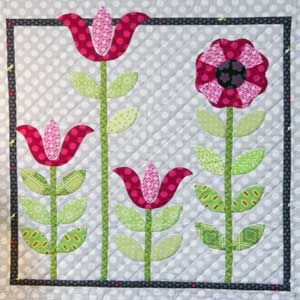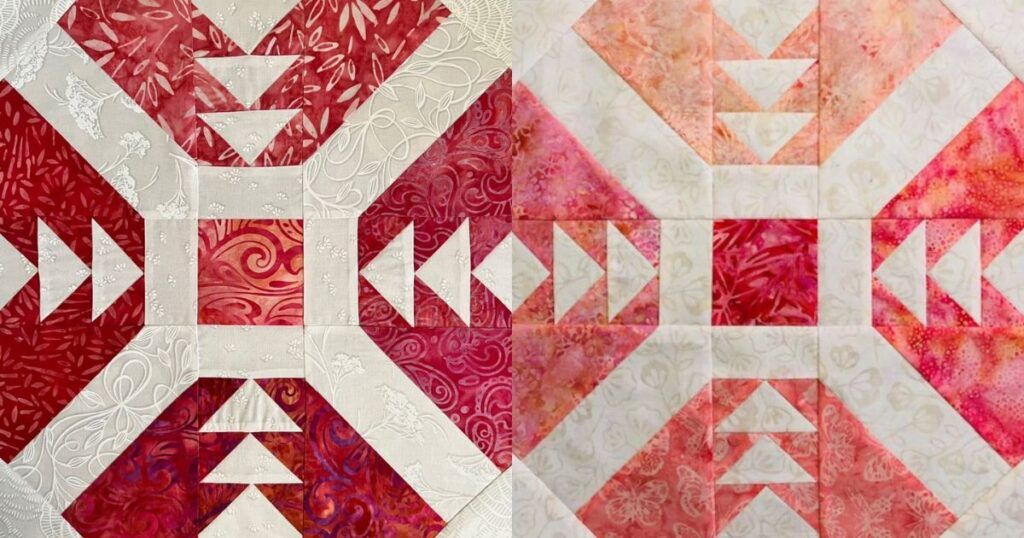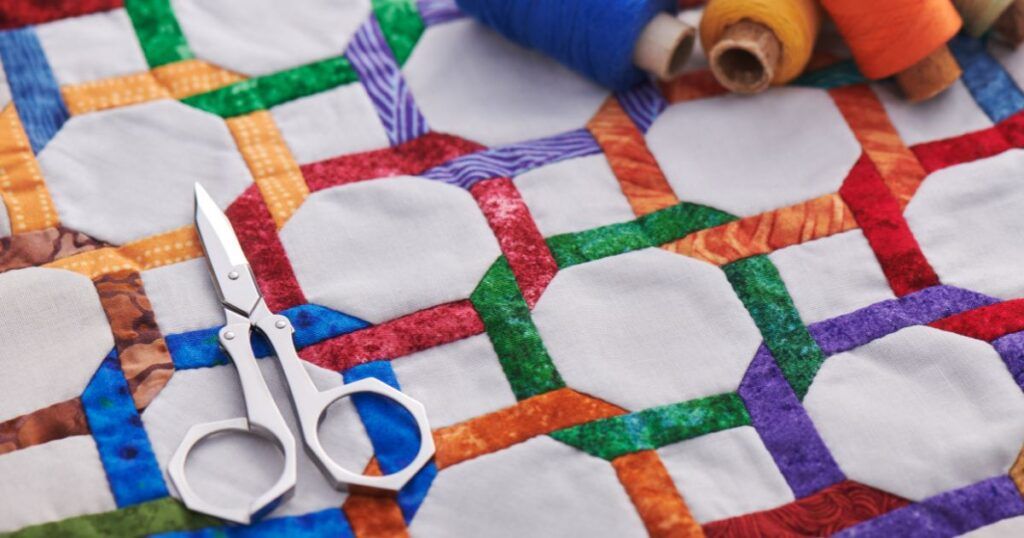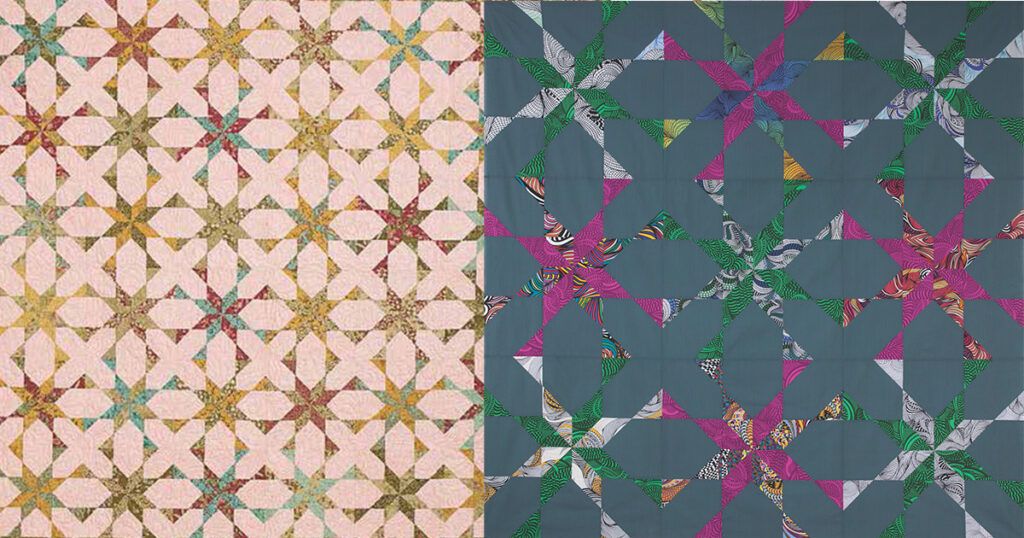How to Appliqu Using Simple Fusible Web, Fusible Interfacing or Hand Needleturn Techniques

Appliqué: Simple Fusible Web, Fusible Interfacing or Hand Needleturn Techniques
|
|
To see our New How-To Video, click below on ![]() .
.
The 2 types of appliqué are: hand and machine.
Machine Appliqué
Two of the possible machine appliqué methods are described below.
Laura Stone Roberts demonstrates the use of paper-backed fusible web in appliquéing shapes to fabric backgrounds. Includes three options for further securing shapes with edge stitching.
Fusible Interfacing
Eleanor Burns’ fast, fusible machine appliqué method has become a classic. Click here to download our FREE Appliqué in A Day photo tutorial for appliqué using the fusible interfacing technique.
Hand Appliqué
Needle-Turn
Place the template on the fabric right side. Draw around the template with a non-permanent marking tool of your choice, making a line no darker than necessary to be visible. Cut out the shape, including a scant 1/4″ seam allowance on all sides. Experience makes “eyeballing” the seam allowance quick and easy.
To blind stitch the appliqué shapes, position the appliqué shape on the background fabric securing with a pin or a dab of glue stick. Select a sewing thread color to match the appliqué fabric. A 100% cotton thread is less visible than a cotton/polyester blend.
Begin stitching on a straight or gently curved edge, not at a sharp point or corner. Turn under a short length of seam allowance using your fingers and the point of your needle. Insert the needle into the seamline of the appliqué piece, coming up from the wrong side and catching just one or two threads on the edge. Push the needle through the background fabric exactly opposite the point where the thread was stitched onto the appliqué fabric piece. Coming up from the wrong side, take a stitch through the background fabric and appliqué piece, again catching just a couple threads of the appliqué fabric. Allow about 1/8″ between stitches. The thread is visible on the wrong side of your block and almost invisible on the right side.
As you stitch around the edge of an appliqué fabric piece, turn under the seam allowance as you work, following the drawn line on the right side of the fabric, using your fingers and the point of the needle.
Freezer Paper Method 1
Trace the template shape onto the dull side of freezer paper and cut out. With a dry iron, press the freezer paper shape, shiny side down, onto the appliqué fabric right side. Cut out the fabric, including a scant 1/4″ seam allowance on all sides. To stitch, follow the same procedure used in the Needle-Turn Method. Rather than using the drawn line as your guide, use the edge of the freezer paper.
Freezer Paper Method 2
Trace the template shape onto the dull side of freezer paper and cut out. With a dry iron, press the freezer paper shape, shiny side down, onto the appliqué fabric wrong side. Cut out the fabric, including a scant 1/4″ seam allowance on all sides. Finger-press the seam allowance to the back of the paper template and baste in place. To stitch an appliqué fabric piece, follow the same procedure used in the Needle-turn Method. The seam allowance has already been turned under in this technique. To remove the freezer paper, shortly before closing the appliqué, remove the basting and pluck out the freezer paper with a tweezers; or after the appliqué is sewn, cut the background fabric away behind the appliqué and remove the paper.
Reverse Appliqué
Two fabric pieces are layered on the background fabric, the edges of the top fabric are cut in a particular design and turned under to reveal the underlying fabric. Pin or glue the bottom appliqué fabric into position on the background block. Cut the top fabric along the specified cutting lines. Place the top fabric over the bottom fabric; check the position of the bottom fabric by holding the block up to a light source and pin. Use the Needle-Turn Method to turn under the top fabric seam allowance and appliqué.





Join the Conversation!